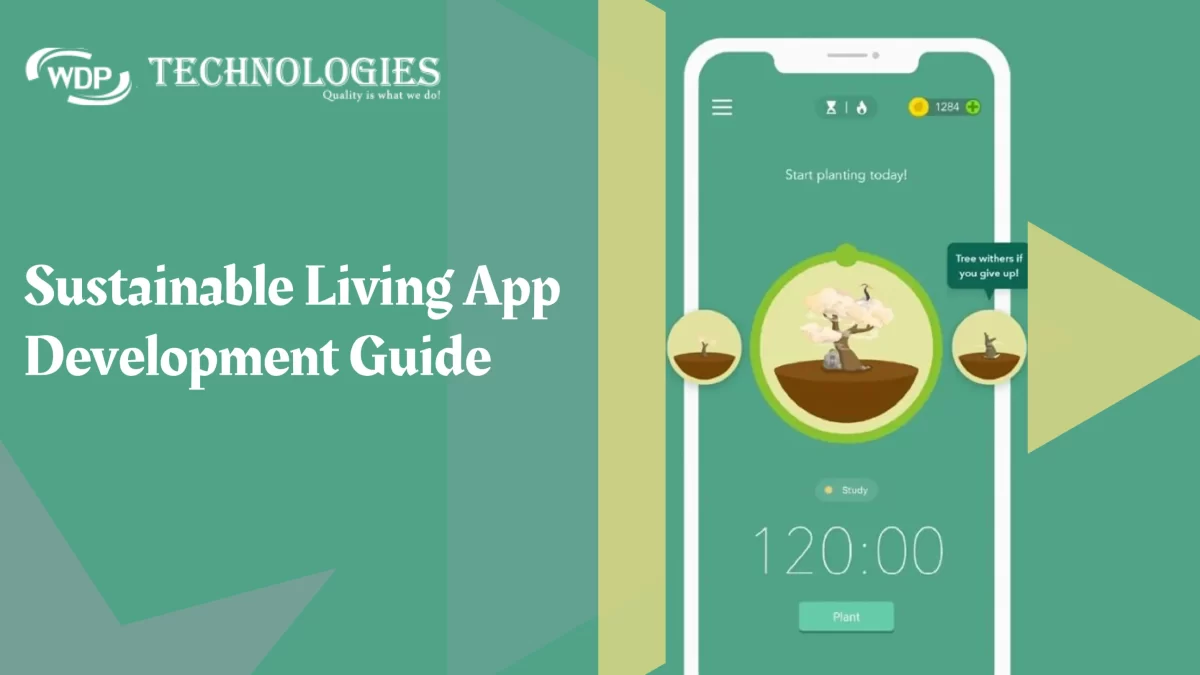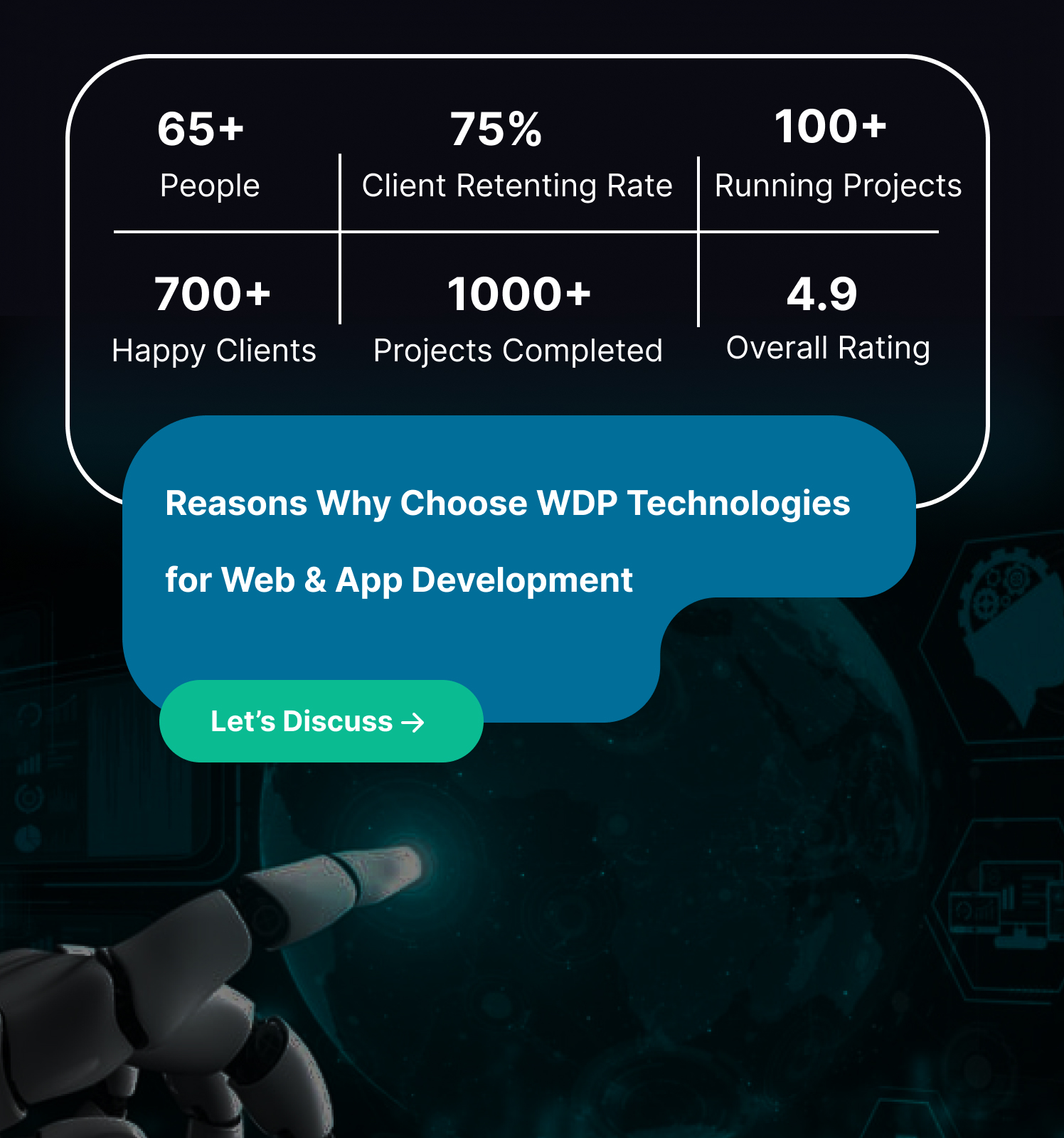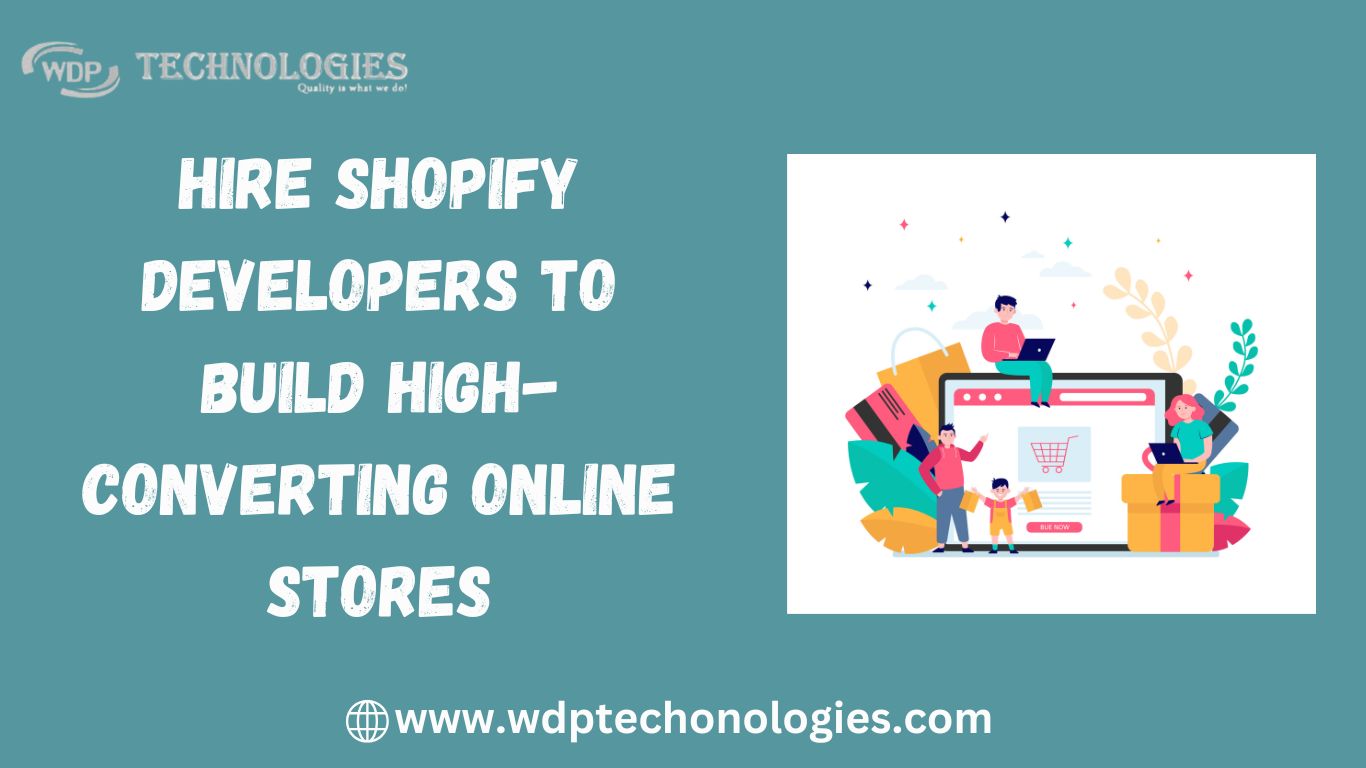In recent years, there has been a growing global awareness of the need for sustainable living practices to combat climate change and environmental degradation. As a result, there has been a surge in the development of mobile applications aimed at promoting and facilitating sustainable lifestyles. These apps cover a wide range of areas, from energy conservation and waste reduction to sustainable transportation and ethical consumerism. If you’re interested in contributing to this movement, this comprehensive sustainable living app development guide will provide you with the necessary steps to get started.
Understanding the Concept of Sustainable Living Apps
Before diving into the sustainable living app development process, it’s crucial to have a clear understanding of what sustainable living apps entail. These apps are designed to empower users to make eco-friendly choices in their daily lives, whether it’s reducing their carbon footprint, conserving resources, or supporting ethical and sustainable businesses. Sustainable living apps typically offer features such as:
🔹Education and Awareness: Providing information and resources to help users understand environmental issues and adopt sustainable practices.
🔹Tracking and Monitoring: Allowing users to track their consumption patterns, energy usage, waste generation, and other relevant metrics to identify areas for improvement.
🔹Actionable Tips and Challenges: Offering actionable tips, challenges, and goals to encourage users to adopt sustainable habits and behaviors.
🔹Community and Engagement: Facilitating community engagement through forums, social networking features, and events to foster collaboration and support among users.
Sustainable Living Apps Market Stats
While the market for sustainable living apps is still relatively young, it’s experiencing significant growth due to rising environmental concerns and increasing consumer interest in eco-friendly practices. Here’s a glimpse into the current market stats:
Although concrete figures for the sustainable living app market specifically are limited, the broader green technology and sustainability software market is projected to reach USD 53.02 billion by 2030, according to MarketsandMarkets, with a CAGR of 11.4% from 2023 to 2030.
This growth is attributed to factors like rising awareness about environmental issues, government regulations promoting sustainability, and increasing investments in green technologies.
Step-by-Step Guide to Sustainable Living App Development
By following these below steps, you can develop a successful sustainable living app that engages users, promotes positive behavior change, and contributes to a more eco-friendly and sustainable world.
1. Define Purpose & Target Audience
The first step for sustainable living app development is to clearly define its purpose and objectives. Consider what specific sustainability issues you want to address and how your app can contribute to solving them. Additionally, identify your target audience—whether it’s individuals looking to reduce their carbon footprint, adopt eco-friendly habits, or support sustainable businesses. Understanding your users’ needs and motivations will guide the design and development process.
2. Conduct Market Research
Before diving into development, conduct thorough market research to understand the landscape of sustainable living apps. Analyze existing apps to identify gaps and opportunities in the market. Pay close attention to user reviews and feedback to gain insights into what features are valued and what areas need improvement. This research will help you refine your app concept and differentiate it from competitors.
3. Choose Right Features & Function
Based on your research and user insights, prioritize the features and functionality that align with your app’s goals. Consider including features such as carbon footprint calculators, energy usage trackers, waste reduction tips and challenges, sustainable product guides, and community engagement tools. Focus on providing actionable tools and resources that empower users to make sustainable choices in their daily lives.
4. Design an Intuitive User Interface
Designing an intuitive user interface is crucial for ensuring a positive user experience. Create wireframes and prototypes to map out the app’s layout and navigation. Focus on simplicity, clarity, and ease of use, ensuring that users can easily access the app’s features and information. Use eco-friendly themes and graphics to reinforce your app’s sustainability message and create a cohesive visual identity.
5. Develop the App
Once the design phase is complete, it’s time for sustainable living app development. Choose the appropriate development tools and technologies based on your platform preferences (iOS, Android, web, etc.). Consider factors such as scalability, security, and compatibility with third-party APIs and integrations. Collaborate closely with developers to ensure that the app is built to the highest standards and meets the needs of your target audience.
6. Integrate Metrics & Analytics
Incorporate sustainability metrics and analytics into your app to track user engagement, behavior, and impact. This data will not only help you improve the app over time but also demonstrate its effectiveness in promoting sustainable living. Consider integrating features such as carbon footprint tracking, energy usage monitoring, and waste reduction progress tracking to provide users with tangible insights into their sustainability efforts.
7. Test and Iterate
Before launching your app, conduct thorough testing to identify and fix any bugs or usability issues. Gather feedback from beta testers and iterate on your app based on their suggestions. User testing is essential for identifying areas for improvement and ensuring that the app meets the needs and expectations of your target audience. Be prepared to make changes and refinements based on user feedback to create the best possible user experience.
8. Launch and Promote Your App
Once your app is ready, it’s time to launch it to the world. Release it on the appropriate app stores (such as the Apple App Store and Google Play Store) and promote it through various channels, such as social media, eco-friendly blogs, and sustainability events. Partner with environmental organizations, influencers, and other stakeholders to expand your reach and attract users. Consider offering promotions or incentives to encourage downloads and engagement with your app. Continued marketing efforts will help raise awareness and drive adoption of your sustainable living app.
Also Read: Guide to Enterprise Mobile Application Development
Must Have Feature for Sustainable Living App
When developing a sustainable living app, there are several must-have features that can enhance its effectiveness and user experience. Here are some key features to consider:
1. Carbon Footprint Calculator:
Incorporate a tool that allows users to calculate their carbon footprint based on various factors such as energy consumption, transportation habits, diet, and lifestyle choices. This feature provides users with valuable insights into their environmental impact and helps them identify areas where they can make improvements.
2. Personalized Sustainability Tips:
Offer personalized recommendations and tips based on users’ specific circumstances and habits. This could include suggestions for reducing energy consumption, minimizing waste, adopting sustainable transportation options, and supporting eco-friendly businesses.
3. Goal Setting and Tracking:
Allow users to set sustainability goals and track their progress over time. This feature helps users stay motivated and accountable for their actions, whether it’s reducing their carbon footprint, increasing recycling efforts, or adopting plant-based diets.
4. Product Guides & Eco friendly Alternatives:
Provide users with a database of eco-friendly products, services, and brands across various categories such as food, clothing, household goods, and personal care items. Include information on sustainability certifications, ethical practices, and environmental impact to help users make informed purchasing decisions.
5. Community Engagement:
Foster a sense of community and collaboration among users by incorporating social networking features, forums, and discussion boards. Encourage users to share tips, experiences, and success stories, and facilitate connections with like-minded individuals and local sustainability initiatives.
6. Local Resources and Events:
Include a directory of local resources such as farmers’ markets, recycling centers, community gardens, and environmental organizations. Provide information on upcoming sustainability events, workshops, and volunteer opportunities in the user’s area to encourage offline engagement and activism.
7. Environmental News and Updates:
Keep users informed about the latest environmental news, trends, and initiatives through curated content, articles, and push notifications. This feature helps users stay educated and engaged with sustainability issues beyond their personal actions.
8. Gamification and Rewards:
Implement gamification elements such as challenges, badges, and rewards to make sustainable living fun and engaging. Encourage users to compete with friends, earn points for eco-friendly actions, and unlock achievements for reaching sustainability milestones.
9. Integration with Smart Devices & IoT:
Enable integration with smart home devices, energy meters, and other IoT (Internet of Things) devices to provide real-time data on energy usage, water consumption, and environmental conditions. This feature allows users to monitor and optimize their resource use more effectively.
10. Feedback and Analytics:
Collect feedback from users to continuously improve the app’s features and functionality. Utilize analytics to track user engagement, behavior, and impact, and use this data to refine personalized recommendations and enhance the overall user experience.
By incorporating these must-have features into your sustainable living app, you can provide users with a comprehensive toolkit for adopting and maintaining eco-friendly habits in their daily lives.
Top Leader in Sustainable Living App Field
Sustainable living apps are subjective and depend on individual needs and preferences. However, some highly regarded apps in the market address various sustainability aspects:
1. Good On You:
Good On You is a leading app that helps users discover ethical and sustainable fashion brands. It provides ratings for brands based on their impact on people, the planet, and animals, empowering consumers to make informed purchasing decisions.
2. Ecosia:
Ecosia is a search engine app that uses its ad revenue to plant trees around the world. Users can support reforestation efforts simply by searching the web through the app, making it an easy and impactful way to contribute to environmental sustainability.
3. Too Good To Go:
Too Good To Go is an app that helps reduce food waste by connecting users with restaurants, cafes, and grocery stores that have surplus food available for discounted prices. It allows users to rescue perfectly good food that would otherwise be thrown away, promoting sustainability in the food industry.
4. JouleBug:
JouleBug is a sustainability app that encourages users to adopt eco-friendly habits in various areas of their lives, such as energy conservation, waste reduction, and sustainable transportation. It offers challenges, tips, and social features to motivate users and track their progress towards sustainability goals.
5. Olio:
Olio is a food-sharing app that connects neighbors and local businesses to share surplus food, reducing food waste and promoting community engagement. Users can post listings of excess food items they have available for pickup, fostering a culture of sharing and sustainability within communities.
Benefits of Sustainable Living App Development
A sustainable living app can offer a wide range of benefits for individuals, communities, and the environment. Here are some of the key benefits:
1. Environmental Awareness:
Sustainable living apps can raise awareness about environmental issues and provide information on how individual actions can contribute to conservation efforts.
2. Education and Guidance:
These apps can educate users about sustainable practices, such as energy conservation, waste reduction, and water conservation, and provide guidance on how to incorporate these practices into daily life.
3. Carbon Footprint Tracking:
Many sustainable living apps offer features to track carbon footprints, allowing users to monitor their impact on the environment and make adjustments to reduce their emissions.
4. Resource Conservation:
By promoting practices such as recycling, composting, and water conservation, sustainable living apps help users reduce their consumption of natural resources and minimize waste generation.
5. Financial Savings:
Adopting sustainable practices often leads to cost savings in the long run. Sustainable living apps can help users identify opportunities to save money through energy efficiency, waste reduction, and other sustainable behaviors.
6. Community Engagement:
Some sustainable living apps facilitate community engagement by connecting users with local environmental organizations, events, and resources, fostering a sense of solidarity and collective action.
7. Health and Well-being:
Sustainable living often involves activities such as walking, cycling, gardening, and eating fresh, locally sourced foods, which can contribute to improved physical and mental health.
8. Incentives and Rewards:
Some sustainable living apps offer incentives or rewards for eco-friendly behaviors, such as discounts on sustainable products or recognition for achievements in reducing carbon footprints.
9. Data-driven Insights:
By collecting data on user behaviors and preferences, sustainable living apps can provide valuable insights to governments, businesses, and researchers, helping to inform policy decisions and innovation in sustainability.
10. Global Impact:
While individual actions may seem small, the collective impact of millions of users adopting sustainable practices can have a significant positive effect on the environment and contribute to global efforts to address climate change and biodiversity loss.
Overall, sustainable living apps empower individuals to make informed choices that benefit both themselves and the planet, driving positive change towards a more sustainable future.
Cost For Sustainable Living App Development
The cost of developing a sustainable living app can vary widely depending on several factors. A basic app with essential features such as tips for sustainable living and carbon footprint tracking might cost between $10,000 to $30,000. However, for a more comprehensive app with additional functionalities like community engagement tools and personalized recommendations, the cost could range from $30,000 to $100,000 or more.
Factors such as the complexity of features, UI/UX design requirements, development team location, and ongoing maintenance needs can all influence the overall cost. Additionally, expenses for testing, quality assurance, and potential additional services like marketing or backend infrastructure development should be considered. While these are rough estimates, consulting with app development professionals is recommended to get a more accurate cost assessment based on the specific project scope and requirements.
Why WDP For Sustainable Living App Development
Choosing WDP Technologies for sustainable living app development offers several compelling advantages. Firstly, WDP Technologies has a proven track record of delivering high-quality mobile applications across various industries, ensuring reliability and efficiency in project execution. Secondly, their team of experienced developers possesses a deep understanding of sustainable living principles and can integrate innovative features that promote eco-friendly behaviors effectively.
Additionally, WDP Technologies emphasizes user-centric design, ensuring that the app is intuitive and engaging for users, thereby enhancing adoption and retention rates. Moreover, their commitment to ongoing support and maintenance ensures that the app remains up-to-date with evolving technologies and user needs, providing a seamless experience for users. Finally, WDP Technologies prioritizes sustainability in their own operations, utilizing eco-friendly practices and technologies, aligning with the ethos of the app they develop. Overall, choosing WDP Technologies for sustainable living app development guarantees a reliable partner dedicated to creating impactful solutions for a greener future.
Final Wrapping
Sustainable living app development is not just about creating a product; it’s about driving positive change and empowering individuals to live more eco-friendly lifestyles. By following this comprehensive guide and incorporating user-centric design principles, you can create a successful app that makes a meaningful impact on the planet. Remember to continuously listen to your users, stay updated on emerging sustainability trends, and evolve your app accordingly to stay relevant in this dynamic space. Together, we can leverage technology to build a more sustainable future for generations to come.













